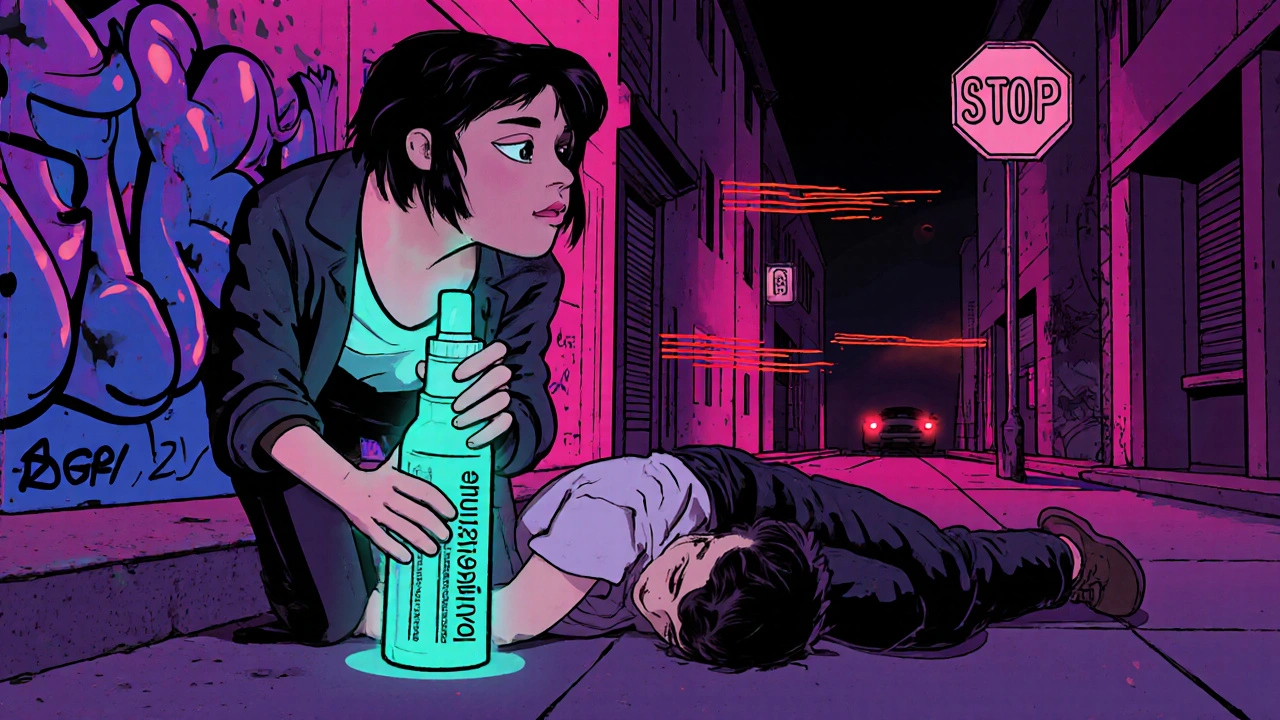Overdose Reversal: What Works, What Doesn't, and Who Needs It
When someone stops breathing from an overdose, every second counts. Overdose reversal, the medical process of counteracting life-threatening drug effects. Also known as antidote administration, it’s not just for heroin users—it’s for anyone taking prescription painkillers, mixing meds, or accidentally overdosing on over-the-counter drugs. The most common and proven method? Naloxone, a fast-acting opioid blocker that restores breathing within minutes. It’s safe, simple, and available without a prescription in most places. You don’t need to be a doctor to use it. Friends, family members, even strangers have used naloxone kits to bring someone back from the edge.
But not all overdoses are the same. Naloxone only works on opioids like oxycodone, fentanyl, or heroin. It won’t help with an overdose from tricyclic antidepressants, a class of drugs that can cause fatal heart rhythm changes and seizures when taken in excess—like amitriptyline mixed with Benadryl. Those cases need hospital care, not a nasal spray. Even antihistamines, common in sleep aids and cold meds, can cause deadly anticholinergic overload, especially in older adults. The key is knowing what drug caused the overdose—and that’s not always obvious.
Overdose reversal isn’t just about the antidote. It’s about timing, access, and awareness. Many people don’t recognize the signs: blue lips, slow breathing, unresponsiveness. Others fear legal trouble and delay calling 911. But in most places, Good Samaritan laws protect those who help. And naloxone isn’t just for urban areas—rural communities, veterans, and seniors on long-term pain meds are at risk too. The rise of fentanyl-laced pills means even one tablet can be deadly. That’s why pharmacies now offer naloxone alongside prescriptions. Why wouldn’t you keep one at home if you or someone you love takes opioids?
Some overdoses don’t come from drugs at all. Mixing medications—like beta-blockers with asthma meds or digoxin with diuretics—can trigger cardiac arrest. And while naloxone won’t fix those, knowing the risks helps you act faster. The posts below dive into these hidden dangers: how common drugs like antihistamines or antidepressants can turn deadly when combined, how alternatives like bempedoic acid or ezetimibe reduce the need for risky combos, and how monitoring tools are evolving to catch problems before they escalate. You’ll find real cases, real science, and real steps you can take to prevent or respond to an overdose—whether it’s your own medication or someone else’s.
Why Naloxone Is Crucial for Fighting Opioid Addiction
Discover why naloxone is vital for stopping opioid overdoses, how it works, who should carry it, and the policies that boost its impact.
